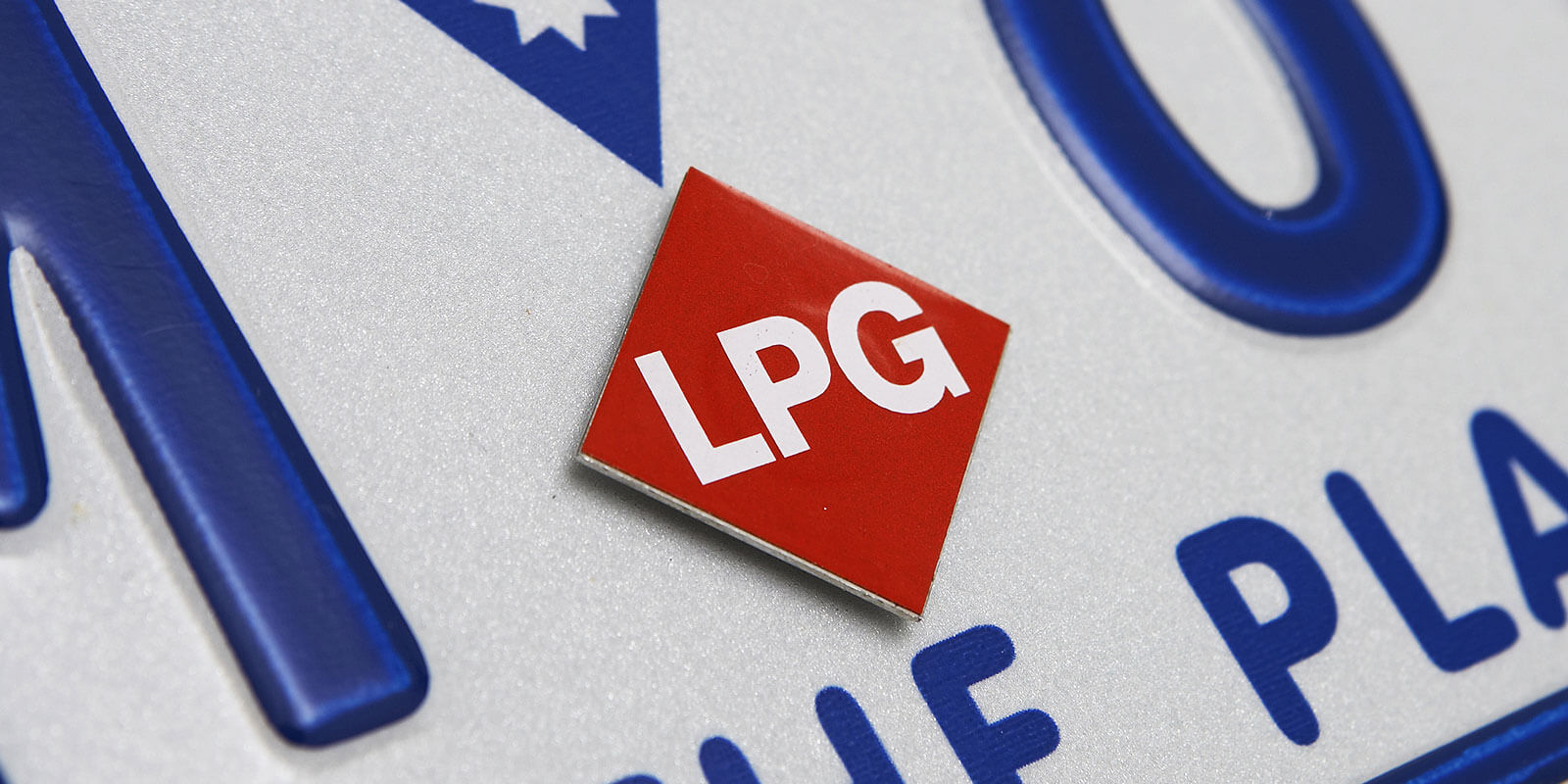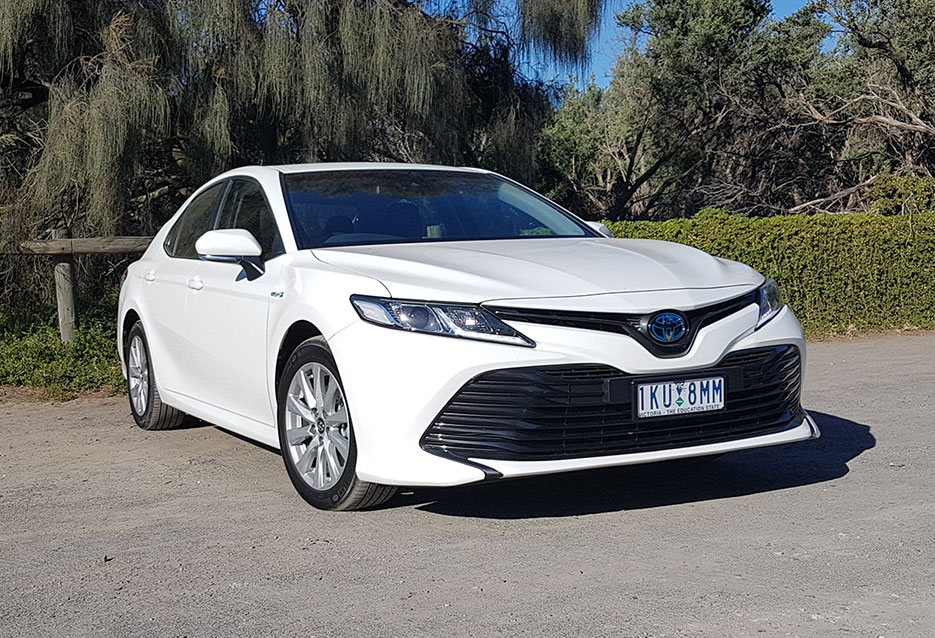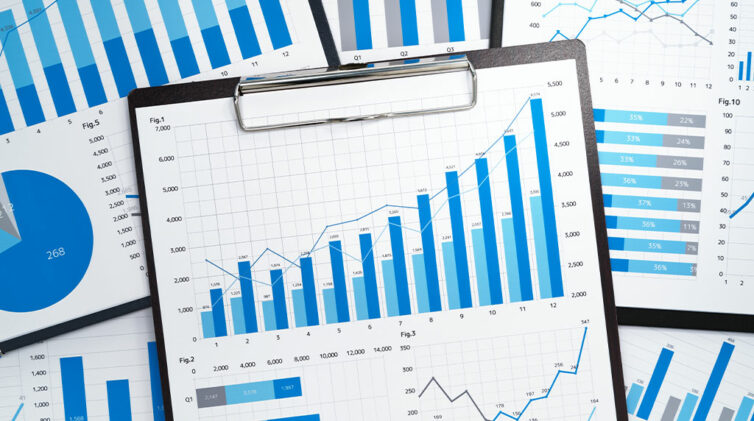According to reports from the taxi industry, taxi owners have found that fuel cost savings from the Toyota hybrid drive system in the Camry were about the same they were getting by using LPG.
But, when some taxi companies commissioned the development of LPG conversions to fuel the four-cylinder Toyota petrol in the hybrid powertrain, they discovered even greater economies that may, as a by product of this search for cost savings, be providing governments with convincing evidence that LPG is not dead yet.
Information from LPG experts in Australia shows that by running on gas, a new hybrid LPG taxi can have annual fuel savings of between $6000 and $8000.
Given that taxis are replaced about every six years, the cost recovery of $36,000-$48,000 can buy a replacement car.
The industry says that the savings are such that they can recoup their LPG conversion costs within six months.
The fuel cost savings of LPG over petrol in the hybrid are said to be around 45 per cent with the added appeal that the LPG is sourced entirely from Australia.
Despite this, Australians have shown a declining interest in LPG – after the end of the local manufacturing of dedicated- gas Holden Commodores and Ford Falcons – despite an increasing reliance on importing petrol and diesel and despite the largely unknown fact that Australia has only “weeks” supply of imported transport fuel.
But ownership cost issues with conventional fuels and a growing concern about Australia’s reliance on importing petrol and diesel fuel have now brought a renewed campaign to revive gas as an inexpensive, home-grown, low-emission and complimentary fuel to existing internal-combustion engines (ICEs).
Spurring the campaign is the recently opened LPG Autogas Centre of Excellence, a Melbourne institute aimed at promoting the cost benefits of gas and marketing it directly at fleet operators.
The new centre was conceived after an ABMARC study identified demand for 160,000 new autogas vehicles between 2018 and 2025.
A joint initiative between Unigas, Prixcar and Sprint Gas, the centre will provide Australian fleet operators with direct access to a low-cost, high-quality LPG installation service for new vehicles through port of entry or dealerships.
Its most tangible indication of the possibilities of a new-wave LPG revival is the tri-fuel Toyota Camry Hybrid sedans now being built for taxi operator 13CABS. This becomes the first fleet operator to use the centre.
Unigas senior business manager, John Coggins, said the centre provides a strict quality control at a similar standard to an OEM facility.
“It has highly experienced autogas system designers, manufacturers and skilled vehicle fitters that streamline installation processes to ensure competitive conversion costs,” he said.
Mr Coggins told GoAutoNews Premium that LPG was under threat because of factors including the significant fall in large-car sales; the growth in diesel fuel use and its spread to a wider range of vehicles; the boom in small-car and small-SUV sales; stable petrol prices; and the increased fuel efficiency of all cars.
“There is still a strong role for autogas in Australia,” he said.
“With local supply and national infrastructure including 2700 autogas-enabled service stations, this cleaner fuel can provide strong fuel security and availability now and well into the future.”
Cost is still on the side of LPG, he said, adding that the fuel is cleaner, locally produced (so doesn’t increase imports) and readily available. Its biggest attraction, particularly for high-distance fleets, is the comparatively low fuel cost.
“There is a big transition happening,” he said.
“About 18-24 months ago, manufacturers moved to direct-injection engines in a hybrid format with LPG. That puts autogas in a good space as a low-cost dual-fuel rival to diesels and petrol cars.”
Mr Coggins said prices have changed over the past decade and the gap between petrol, diesel and LPG had narrowed, however the gas is still about 45 per cent cheaper.
However, while he said LPG had substantial advantages, he felt the federal government was bypassing the gas as an alternative fuel.
“There is no doubt that future technology – mainly electric vehicles – is coming,” he said.
 “There is a lot of work being done in promoting EVs. But the big question is the source of the electricity to run these electric vehicles.
“There is a lot of work being done in promoting EVs. But the big question is the source of the electricity to run these electric vehicles.
“It’s still coming from, in the main, coal.
“We see autogas as a viable alternative of which Australia has substantial reserves. We don’t have to import gas like we do with petrol and diesel so we’re not subject to overseas price changes.
“And we have shown that the fuel can make huge advantages to lowering the operating costs of fleets – so much that a taxi operator, for example, can save enough over a six-year period to afford a new car,” he said.
The Victorian Automobile Chamber of Commerce (VACC), which is involved in the centre, said that LPG has slipped off the radar of most Australian motorists.
“Conversions are at an all time low; the cost of the fuel is relatively high and a downward spiral has resulted, the end result being that some fuel retailers are actually removing their LPG ‘pumps’,” said VACC spokesman David Dowsey.
“This is a cautionary tail for governments and regulators when it comes to electric vehicles: rebates and incentives tend to only produce results when they are in place and as soon as they are lifted – and lifted they must be eventually – behaviour tends to swing violently in other directions, like it did with the LPG rebates, and like it has with EVs in Scandinavia.
“LPG is of course an indigenous fuel in vast supply in this country and it remains a popular fuel of choice in several overseas countries, for example in South Korea. It’s important to note that Australia exports huge quantities of the gas to numerous markets.”
There are an increasing number of European car-makers that are expanding their LPG models. This has helped increase sales in Italy, Spain, France and the UK.
Stringent emission regulations are one of the main reasons why LPG and compressed natural gas (CNG) car sales are expected to grow by more than 10 per cent a year in Europe over the next six years.
In its report ‘Global CNG and LPG Vehicle Market Size’, P&S Market Research found that autogas was increasing in popularity because of tightening emission rules, population increases, a growing trend to urbanisation, unstable prices of conventional fuel and continuing vehicle sales.
“Vehicles must be certified to new demanding emission limits that require today’s motor vehicles to be 90 per cent cleaner for most pollutants in European and other developed nations,” the report said.
It said that Europe was the biggest market for CNG and LPG vehicles in 2015, attributed to the high cost of diesel and stringent regulations by the European Union for low emissions.
The report added that the CNG and LPG vehicle market in South America and the Asia-Pacific region – including Australia – was expected to increase at a significant rate due in part to the increasing infrastructure for CNG and LPG fueling stations.

The report and the global trend leaning towards autogas was one of the reasons for the development of plans to convert 100 new Toyota Camry Hybrid vehicles from petrol-electric to a tri-fuel system that uses LPG.
In a statement, the fleet operations manager for taxi company 13CABS, Greg Hardeman, said by installing a Sprint Gas Sequential Vapour Injection LPG system into new Toyota Camry Hybrids, his company was reducing carbon emissions further and minimising operating and maintenance costs.
“While the Toyota Camry Hybrid with its petrol-electric drive is already one of the most economical cars in the market, with a tri-fuel system using LPG, the vehicle delivers even more environmental and cost benefits,” he said.
Testing by 13CABS has shown the Toyota Camry Hybrid with LPG produces fuel cost savings of up to 45 per cent, with a payback on conversion of just over six months.
Switching to LPG also reduces carbon dioxide emissions by approximately 3.45 tonnes per vehicle, based on the average taxi travelling 150,000 kilometres a year.
By Neil Dowling














 Read More: Related articles
Read More: Related articles

